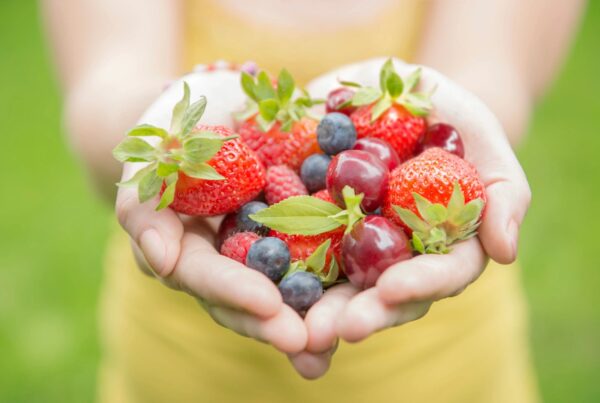Many people are more and more confused when it comes to food choices. The majority of Americans are increasingly concerned about nutrition and pesticides. Many base their food choices on what is in or on them. This has led to an explosion in the organic food market, and to increasingly more confusing food labels.
Studies repeatedly show the foods we eat today are not as nutrient packed as they were in the past. According to food-navigator.com, “Changes in agriculture during the last 50 years include the widespread use of pesticides, plant growth regulators, and highly soluble sources of plant nutrients, along with decreased use of humus-containing fertilizers.” Due to certain farming methods, mass planting of a single crop, and transporting foods over long distances, crops have been made to withstand depletion of soil, long journeys from vine to table, and have been bred to handle lots of handling. All this translates into less nutrients for us.
Many are willing to pay more than fifty percent more for organic food. Organic food markets have begun to grow at approximately twenty percent each year. This means organic food prices and selections have gotten better, but how do you know if you are getting organic? When confronted with the enormous amount of options how do we make good choices and not throw up our hands in overwhelming frustration? Getting educated about labels will help you make the best food choices.
Deciphering labels:
An article in the Seattle Times outlined the following label definitions:
- If the product is labeled “100 percent organic” it means that, by law, there are no synthetic ingredients. Also, production processes must meet federal organic standards and must have been independently verified by accredited inspectors.
- If the label says, simply, “organic,” no less than 95 percent of the ingredients must have been organically produced. And if it’s labeled “Made with Organic Ingredients,” you can be sure that at least 70 percent of its makeup is organic. The remaining ingredients must come from the U.S. Department of Agriculture’s approved list.
- Labels that specify “natural” or “all natural” do not mean organic. The reason is that no standard definition for these terms exists, except when it’s applied to meat and poultry products, which the USDA defines as not containing any artificial flavoring, colors or synthetic ingredients. The terms “free-range” or “free-roaming” are similarly meaningless. U.S. government standards are weak. The rule for the label’s use on poultry products, for example, is merely that outdoor access be available for “an undetermined period each day.”
- Labeling seafood “organic” is also misleading, since the USDA has not yet developed organic-certification standards.
Why does organic cost so much more than conventionally grown foods? Organically grown foods are usually produced on much smaller farms. These farms do not receive subsidies from the government and they must follow much stricter guidelines when growing, harvesting, transporting, and storing foods. Many shy away from organic foods because they feel they cannot afford them. It is possible to eat nutritiously on a budget, I know, I do it. It takes patience as you learn to read labels and understand which foods to choose. If you have to select from both conventional and organic foods on your regular shopping list apply the following ideas.
- 1st – Buy as much organic or locally grown as possible. The farmers market season is just around the corner-we have two great ones in town. Better yet try growing your own. The Broadway Community Garden is beginning! Free plots, help, and support is here in Superior! Call: Theresa at 218-727-4820 for more information.
- 2nd – Shop the perimeter of the supermarket. Whole foods or foods with the least amount of processing will help, but get educated on companies – learn how they treat the animals or what types of growing they do.
- 3rd – Avoid the dirty dozen. These are 12 fruits and vegetables that have high levels of residue on them: apples, bell peppers, spinach, celery, cherries, grapes, nectarines, peaches, pears, potatoes, raspberries, and strawberries. Although, scientists have trouble connecting all the dots between disease and long term, small dose exposure to pesticides, there is evidence that we have more in our bodies today than in the past. This is especially important for expectant mothers and small children, as proportionally they end up with more in their systems. There is also some concern over the combined effects of different pesticides in our systems even in low doses.
- 4th – Learn to read labels. Choose foods with small ingredient lists, avoid the “bad” fats, and learn what the ingredients are. Try to not to eat foods with lots of unpronounceable things in them, artificial colors, flavors, and lots of salt or sugar.
Hopefully, you have a better and not worse idea of what to put on your grocery list next time you shop – your body will thank you for choosing wisely.
Resources:
http://community.seattletimes.nwsource.com/archive/?date=20060409&slug=consumerreports09


 Twitter
Twitter Facebook
Facebook Linkedin
Linkedin






